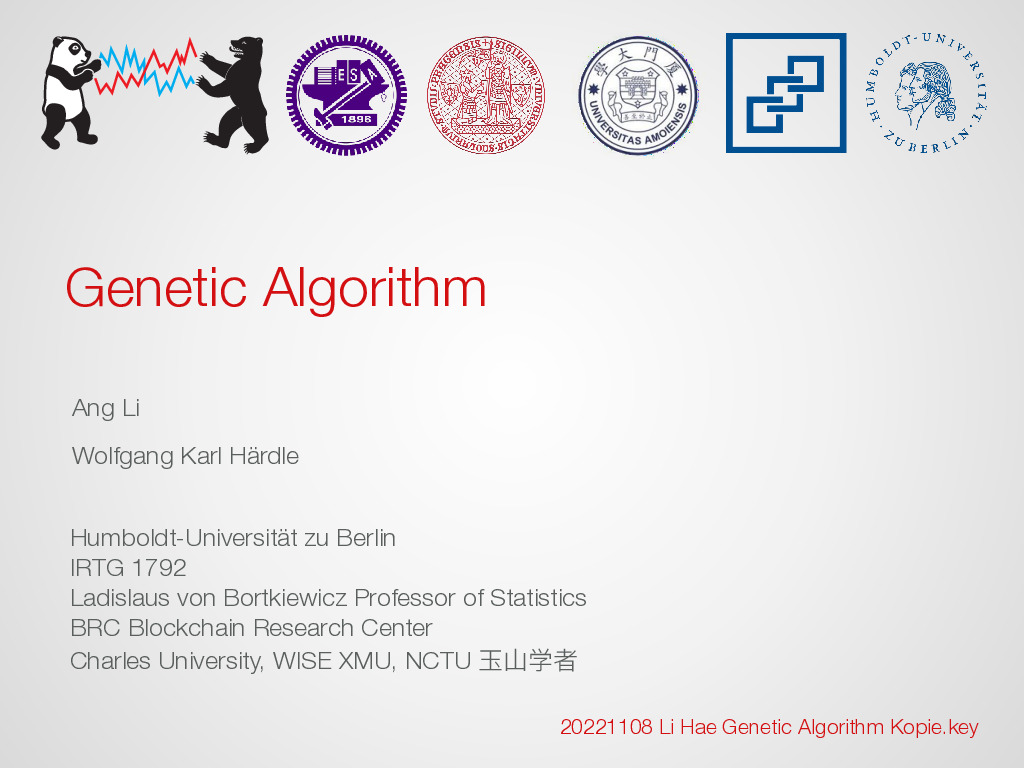FRM Financial Risk Meter
-
- 5 Rating
- 1 Reviews
- 78 Students Enrolled
FRM Financial Risk Meter
The Financial Risk Meter (FRM) sheds light on the emergence of systemic risk. Using of quantile regression techniques, it is a meter for financial risk, and its network topology offers insight into the spill-over effects risking systemic risk events.
-
- 5 Rating
- 1 Reviews
- 78 Students Enrolled
Requirements
- R, Python
General Overview
Description
The concept of risk deals with the exposure to danger, in the world of finance the danger of financial losses. In a globalised financial economy, many risks are unknown. "We know it when we see it", to paraphrase Justice Potter Stewart (1964). The Financial Risk Meter (FRM) sheds light on the emergence of systemic risk. Using of quantile regression techniques, it is a meter for financial risk, and its network topology offers insight into the spill-over effects risking systemic risk events. In this thesis, the FRM framework in various markets and regions is developed and the FRM data is used for risk now- and forecasting, and for portfolio optimization approaches. In Chapter 1 the FRM is presented and applied to equity markets in the US and Europe, but also interest rate and credit-default swap markets. The FRM is then used to now-cast and predict economic recessions. In Chapter 2 the FRM is applied to cryptocurrencies, to generate the first risk meter in this nascent asset class. The generated FRM data concerning dependencies, spill-over effects and network set-up are then used to create tail-risk optimised portfolios. In Chapter 3 the FRM is applied to the global market Emerging Market (EM) financial institutions. The FRM for EM gives specific spill-over dependencies in tail-risk events within sectors of financial institutions, but also shows inter-country dependencies between the EM regions. The FRM data is then combined with portfolio management approaches to create tail-risk sensitive portfolios of EM Financial institutions with aim to minimize risk clusters in a portfolio context. In Chapter 4 the Financial Risk Meter for China is developed as the first systemic risk meter in the region, but also derives methods to detect spill-over channels to neighbouring countries within and between financial industry sectors.
Recommended for you
Meet the instructors !
I'm interested in the use of robust statistical models in portfolio management















